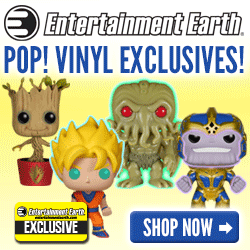"The best and most beautiful things in the world cannot be seen nor even touched, but just felt in the heart." So goes the sentiment Helen Keller ascribed to her teacher, Anne Sullivan. Blind herself, Sullivan graduated from the Perkins School for the Blind in Watertown, Massachusetts, and was almost immediately sent to Alabama to help teach the seven-year-old Keller.
 Michelle Smith may not be deaf, but in addition to her near-complete blindness she deals with Aspberger syndrome. Or, as one of her teachers suggests, maybe not true Aspberger's, but somewhere on the high-functioning end of the autism spectrum. Recently graduated from Perkins herself, she lives with her mother in Bangor, and visits her father and younger brothers at their house further out into the country.
Michelle Smith may not be deaf, but in addition to her near-complete blindness she deals with Aspberger syndrome. Or, as one of her teachers suggests, maybe not true Aspberger's, but somewhere on the high-functioning end of the autism spectrum. Recently graduated from Perkins herself, she lives with her mother in Bangor, and visits her father and younger brothers at their house further out into the country.Michelle collects Monster High dolls, and loves anime; she can make out images with her face pressed right up to her computer screen. Like many people on the spectrum, she feels more comfortable interacting over the internet, and her impaired vision probably makes it easier to meet people virtually than face-to-face. But after a short while spent with her it's clear that she is, in virtually every way other than her vision, a perfectly normal, geeky young woman in her early twenties. It's just that space that Garrett Zevgetis provides in his documentary, Best and Most Beautiful Things.
 Of course, there are ups and down that go along with being normal. Having known my share of young women like Michelle -- at least in most non-vision-related ways -- the frustrations of someone's first steps out of the nest tend to rhyme a lot more than people going through it would ever admit. As as much as you might want to facepalm at the more embarrassing parts, or to step in and steer them away from mistakes that seem obvious from the outside, sometimes there's nothing to do but let them learn on their own.
Of course, there are ups and down that go along with being normal. Having known my share of young women like Michelle -- at least in most non-vision-related ways -- the frustrations of someone's first steps out of the nest tend to rhyme a lot more than people going through it would ever admit. As as much as you might want to facepalm at the more embarrassing parts, or to step in and steer them away from mistakes that seem obvious from the outside, sometimes there's nothing to do but let them learn on their own.Thankfully, Michelle's family and teachers seem to understand this well enough, and she has a good enough head on her shoulders to keep from getting too carried away. There are some eye-rolls, but ultimately nothing all that awkward. we're left pretty confident that, despite the difficulties she must overcome, Michelle is going to come through it all okay in the long run.
Which is about all there is to say about Best and Most Beautiful Things. It's a sweet story of a young woman at the cusp of adulthood that may lack the cinematic narrative of Margarita, With a Straw or the Disneyfied polish of Life, Animated, but makes up for it with the reality of her story. Sometimes an unburnished view can make it clearer just how universal some experiences are.
Rating: 3 out of 5














